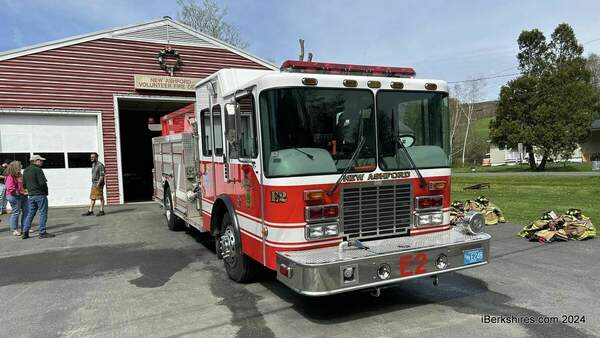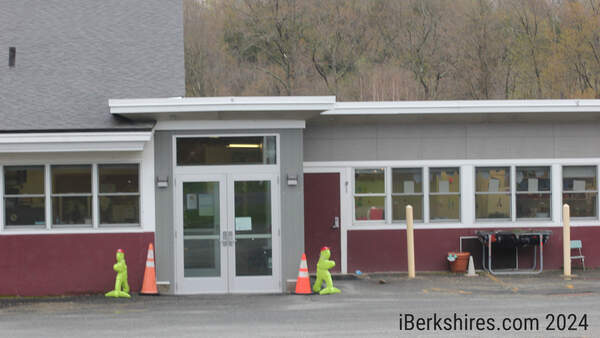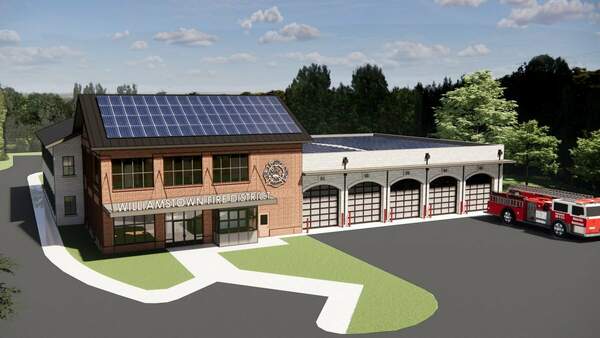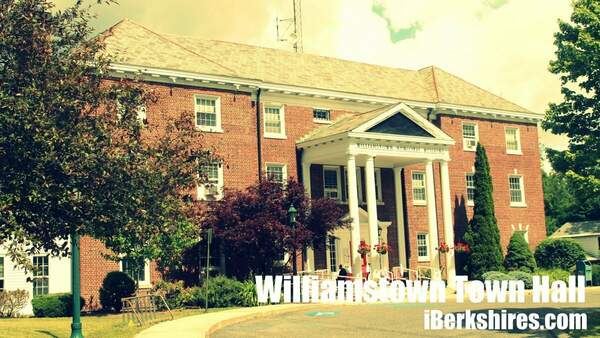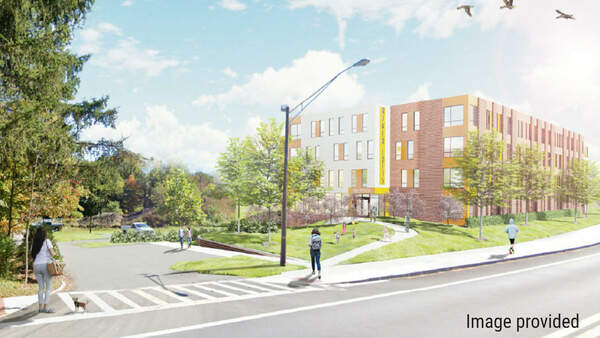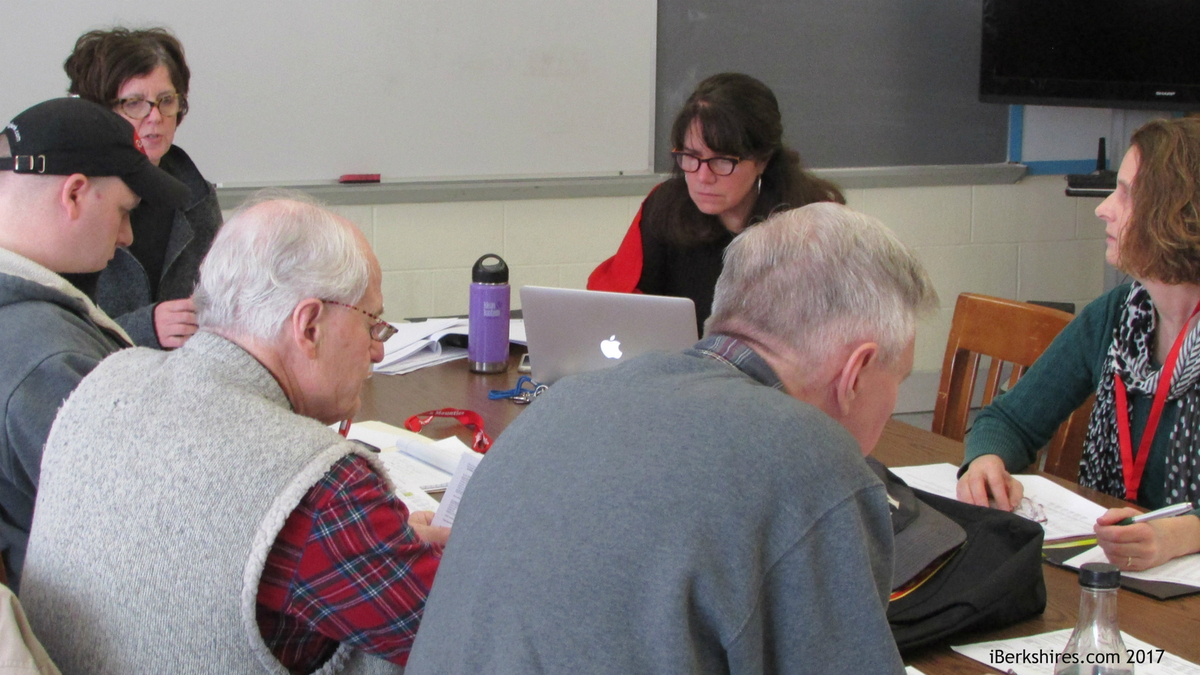
Building Project Drives 5 Percent Hike in Mount Greylock Budget
WILLIAMSTOWN, Mass. — The Mount Greylock Regional School District is looking at a 5 percent budget increase despite cost-cutting moves that slightly reduce its regular operating costs from a year ago.
On Wednesday morning, the School Committee's Finance Subcommittee took a look at a draft budget that will be reviewed by the full committee next week and presented to the public next month.
The nearly $613,000 increase to the $12.8 million budget is being driven entirely by school building project approved by voters in Lanesborough and Williamstown last year.
The district paid $1.1 million toward the project in fiscal year 2017. In FY18, it is scheduled to pay about $1.8 million, a difference of about $652,000, according to spreadsheets Business Manager Nancy Rauscher presented Wednesday to the Finance Subcommittee.
The impact to the regional school district's member towns is $460,444 to Williamstown and $173,537 to Lanesborough, an increase of a combined $633,982 from the FY17 appropriation.
"The actual impact of the debt is $651,808," Rauscher noted. "So we're actually bringing it in at a lesser amount. The difference has been cut from the budget. If we had added more to the budget, [the tax increase] would have been higher than $651,808."
There are small decreases throughout the 21-page budget Rauscher showed the committee. Some of the biggest reductions to the bottom line come from factors over which the district has no direct control, like a $91,803 decrease in the special education budget because of students aging out of an out-of-district placement program, Interim Superintendent Kim Grady told the subcommittee.
Mount Greylock also anticipates a $75,000 savings from a planned change in the Berkshire Health Group policy, and the district makes its final payment on 2009's emergency locker room repair project — taking $115,000 off the books for FY18.
The budget as drafted includes additions to the faculty that Principal Mary MacDonald has previously explained to the School Committee: a new math teacher and a new wellness teacher. It also adds back some books and supplies that have been stripped from the budget in an attempt to save costs in recent years.
The budget as drafted includes no significant change to the regular education transportation budget, a line item that has generated debate in recent years when the district flirted with the idea of eliminating the "late bus" as cost-saving mechanism.
In addition to the two new faculty members, the budget includes funding for the creation of a new position in the district, a food services director. Rauscher explained that the school's current cafeteria manager, who splits her time between Mount Greylock and Williamstown Elementary School, is retiring, and the district wants to use the transition as a time to hire a food services director that is qualified to fill the schools' needs.
"The job has evolved in the last 20 years," Rauscher said, noting that the current cafeteria manager has served the district for more than two decades.
New state and federal guidelines make the position more specialized, and a proper replacement to the retiring manager will command a higher salary. Currently, the district pays about $39,000 for the manager's salary plus an additional $7,300 for bookkeeping expenses related to the food services.
The FY18 budget draft presented Wednesday includes $53,209 for the new position, which would absorb the bookkeeping function and raise the total outlay by $6,687. Rauscher told the subcommittee that the county average for the food services director salary is $62,278 — 21 percent higher than the $53,209 line item in the budget.
In other business on Wednesday, the Finance Subcommittee reviewed Mount Greylock's tuition agreement with Hancock and New Ashford and discussed recommendations for school choice slots that will be brought to the full School Committee.
The tuition agreement is nearing the end of a five-year agreement that was designed to ramp up tuitions to approximate the per student cost of a Mount Greylock education. In FY17, Hancock and New Ashford are paying $13,131 per student; that number will rise to $13,788 next year and $14,477 in FY19.
Those numbers do not include the cost of transportation, which are borne entirely by the sending towns, nor do they include capital expenses — like the addition/renovation project — which are supported by the member towns alone.
"Mount Greylock is the closest to per pupil cost of any other tuition agreement in the county," Grady said.
"We feel those are good numbers because when you add in the special education and transportation costs, that's a fair number for what they're paying," School Committee member and Finance Subcommittee member Al Terranova said.
Of Mount Greylock's 560-student enrollment this year, 51 are tuition students, and 60 are school choice — numbers that frequently draw fire from members of the community who point out that the $5,000 per student school choice reimbursement and the $13,000 per student tuition rate are considerably less than the district's $19,626 per student cost cited on the Department of Elementary and Secondary Education website for 2014-15.
Lanesborough Finance Committee member Stephen Wentworth attended Wednesday's meeting along with one of his counterparts from Williamstown, Charles Fox. Wentworth asked how the district can argue that local taxpayers are not getting a bad deal with school choice.
"Mount Greylock has traditionally taken school choice students, both students who choiced into Williamstown Elementary School and Lanesborough Elementary School and a few more who choiced in when they came up to the high school," MacDonald said. "It's been a great way to diversify enrollment and allow for more income, if we're being very frank."
MacDonald explained that unlike in the elementary schools, where administrators have to be careful not to reach a "tipping point" where an additional choice student requires an additional teacher, the additional students are absorbed into the classes at the junior/senior high school
"If you have a classroom of 16 and you take two school choice students, and they go into that social studies class, that's a manageable size, and there's $10,000 attached to them," MacDonald said. "I know that sounds mercenary. … But you also don't want class sizes that are too small."
Rauscher noted that the Mount Greylock district also has school choice expenditures going out to districts that accept students who live in Williamstown and Lanesborough, and those costs are offset by the incoming school choice revenue.
Tags: fiscal 2018, MGRSD_budget,

